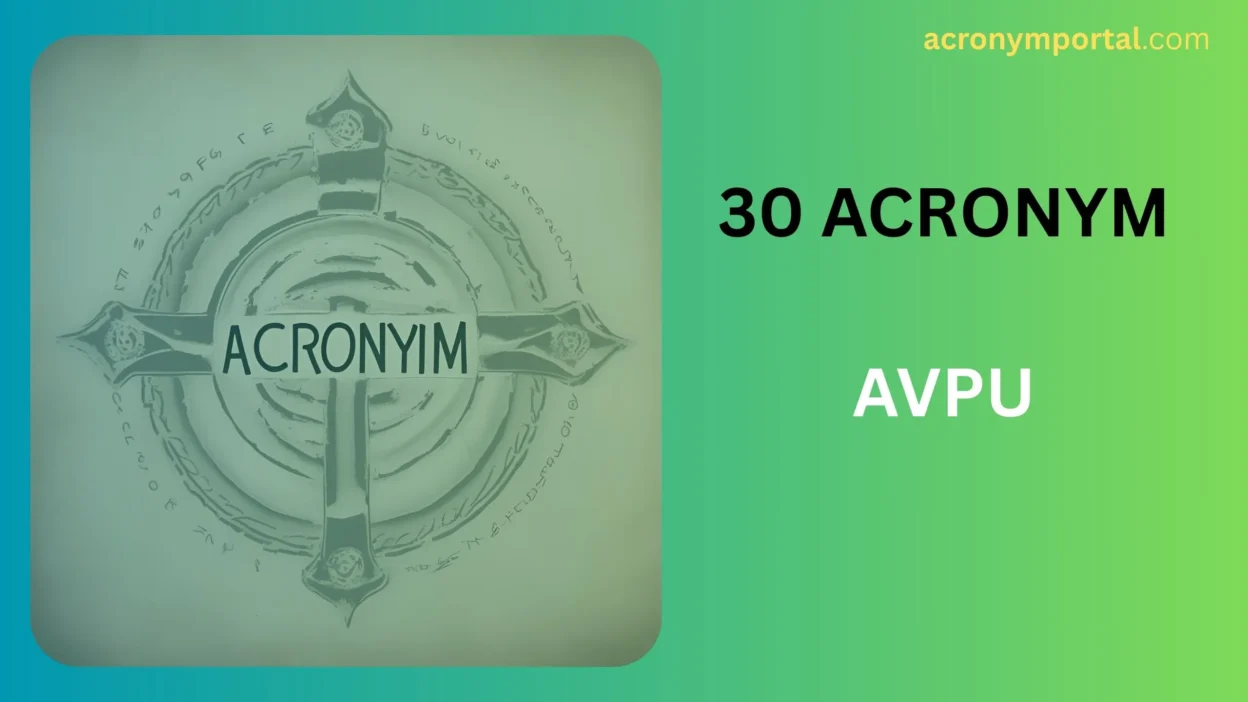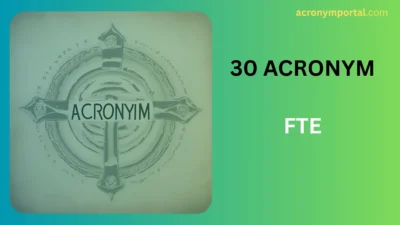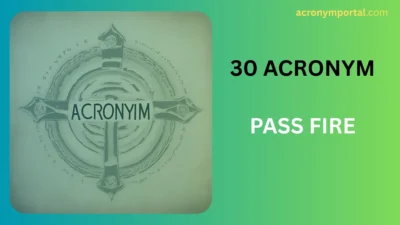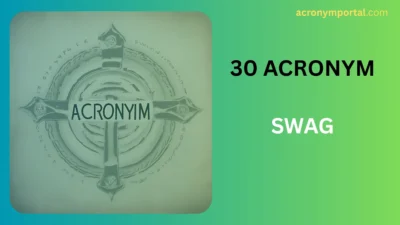The AVPU acronym stands for Alert, Verbal, Pain, Unresponsive—a quick, practical tool used in emergency medicine to assess a person’s level of consciousness. It’s a fast way for first responders and healthcare providers to communicate how responsive a patient is in a crisis.
But what if you’re writing fiction, training manuals, or content for health educators and want to explore this concept with more nuanced vocabulary? That’s where this guide comes in.
We’ll explore 30 words and phrases that describe various levels of awareness, alertness, and responsiveness—each with its own subtle tone and use-case.
From “conscious” to “nonreactive,” we’ll break down when and how to use each term, offer real-life examples, and help you navigate both medical and non-medical contexts.
🚦 Understanding the Core of AVPU
Let’s quickly break down what AVPU itself represents:
- A – Alert: The person is fully awake and responsive.
- V – Verbal: The person responds to verbal stimuli but may be confused or drowsy.
- P – Pain: The person only responds to physical pain (e.g., a pinch or pressure).
- U – Unresponsive: No reaction to voice or pain.
This is a spectrum of consciousness, and the words below help you describe that scale in more specific and expressive ways.
🧠 30 Alternatives to the “AVPU Acronym”
1. Conscious
Meaning: Awake and aware of surroundings.
Example: The patient was conscious but confused.
When to use: General term for someone who is awake.
2. Responsive
Meaning: Reacts to stimuli like voice or touch.
Example: She was responsive to her name being called.
When to use: Common in medical and emergency reports.
3. Unconscious
Meaning: Not awake; unaware of surroundings.
Example: He was unconscious when paramedics arrived.
When to use: Formal or medical writing.
4. Alert
Meaning: Fully awake and aware.
Example: The toddler was alert and curious.
When to use: Use when the person is mentally clear.
5. Drowsy
Meaning: Sleepy, not fully alert.
Example: The medication made her drowsy but still verbal.
When to use: Light impairment or fatigue.
6. Stuporous
Meaning: Very sluggish and barely responsive.
Example: He was stuporous, only reacting to painful stimuli.
When to use: Clinical or diagnostic tone.
7. Comatose
Meaning: In a deep coma, unresponsive to all stimuli.
Example: She remained comatose for three days.
When to use: Serious, long-term unresponsiveness.
8. Lethargic
Meaning: Slow and lacking energy or focus.
Example: The child appeared lethargic and uninterested.
When to use: Mild concern, less severe than stuporous.
9. Awake
Meaning: Eyes open, not asleep.
Example: He was awake but not speaking.
When to use: Simple, general-purpose term.
10. Semi-conscious
Meaning: Partially aware, drifting in and out.
Example: She was semi-conscious after the accident.
When to use: Transitional or unstable condition.
11. Nonverbal
Meaning: Doesn’t speak or use words.
Example: The patient was nonverbal but made eye contact.
When to use: Useful in both medical and developmental contexts.
12. Disoriented
Meaning: Awake but confused about surroundings.
Example: He was disoriented and didn’t know the date.
When to use: When awareness is impaired but still present.
13. Cognitive
Meaning: Refers to mental awareness and function.
Example: Her cognitive state improved after fluids.
When to use: Academic, psychological, or medical usage.
14. Unresponsive
Meaning: No reaction to voice, touch, or pain.
Example: The infant was unresponsive, so CPR was started.
When to use: Critical, often urgent scenarios.
15. Delirious
Meaning: Awake but mentally confused, possibly hallucinating.
Example: He became delirious from the fever.
When to use: High fever, illness, or trauma situations.
16. Lucid
Meaning: Clear-headed and coherent.
Example: She was lucid during the conversation.
When to use: To contrast with earlier confusion or coma.
17. Faint
Meaning: On the verge of unconsciousness.
Example: He felt faint after giving blood.
When to use: Temporary loss or near-loss of awareness.
18. Withdrawn
Meaning: Emotionally or socially unresponsive.
Example: She was physically alert but emotionally withdrawn.
When to use: Psychological or trauma contexts.
19. Mute
Meaning: Does not speak (may be voluntary or neurological).
Example: The child remained mute during the exam.
When to use: Use carefully in mental health or disability writing.
20. Verbal
Meaning: Responds to spoken communication.
Example: He gave verbal answers but was slow to speak.
When to use: AVPU “V” level; good for partial responsiveness.
21. Sluggish
Meaning: Responds slowly; lacks energy.
Example: Her responses were sluggish after waking up.
When to use: Non-urgent but notable observations.
22. Catatonic
Meaning: Awake but completely unresponsive; rigid.
Example: He appeared catatonic, staring blankly at the wall.
When to use: Psychiatric and neurological descriptions.
23. Pain-reactive
Meaning: Responds only to painful stimuli.
Example: She was pain-reactive but not verbal.
When to use: AVPU “P” level; medical/trauma use.
24. Groggy
Meaning: Confused and sleepy, often after waking or medication.
Example: He was groggy from the anesthesia.
When to use: Light, temporary impairments.
25. Trance-like
Meaning: Awake but seemingly detached.
Example: He was in a trance-like state after the accident.
When to use: Emotional or psychological trauma scenes.
26. Cognizant
Meaning: Aware and understanding of something.
Example: The witness was cognizant of the danger.
When to use: Intellectual clarity or decision-making.
27. Flat affect
Meaning: Showing little or no emotional expression.
Example: He responded with a flat affect, despite the bad news.
When to use: Psychological reports or emotionally numb states.
28. Vacant
Meaning: Eyes open but mentally absent.
Example: Her vacant stare worried the nurses.
When to use: Mildly poetic or expressive tone.
29. Tuned-out
Meaning: Not paying attention; mentally disconnected.
Example: The student seemed tuned-out during the lesson.
When to use: Informal, often non-medical writing.
30. Nonreactive
Meaning: No response to stimuli.
Example: His pupils were nonreactive to light.
When to use: Clinical precision, often with neurological exams.
🎯 How to Choose the Right Term
Think of these words as fine-tuning the AVPU scale for more specific writing. Here’s how to choose:
- Medical vs. Casual: Use comatose, unconscious, or stuporous in clinical contexts; groggy or tuned-out in casual ones.
- Emotional vs. Physical: Withdrawn and flat affect speak to emotion; pain-reactive or nonreactive are purely physical.
- Temporary vs. Serious: Faint, drowsy, and groggy describe short-term conditions; catatonic and comatose are more critical.
🧭 Final Thoughts
Words matter—especially when describing someone’s level of consciousness.
Whether you’re a healthcare worker, a writer, or simply someone trying to communicate clearly, choosing the right synonym for “AVPU” conditions can sharpen your storytelling or clinical communication.




